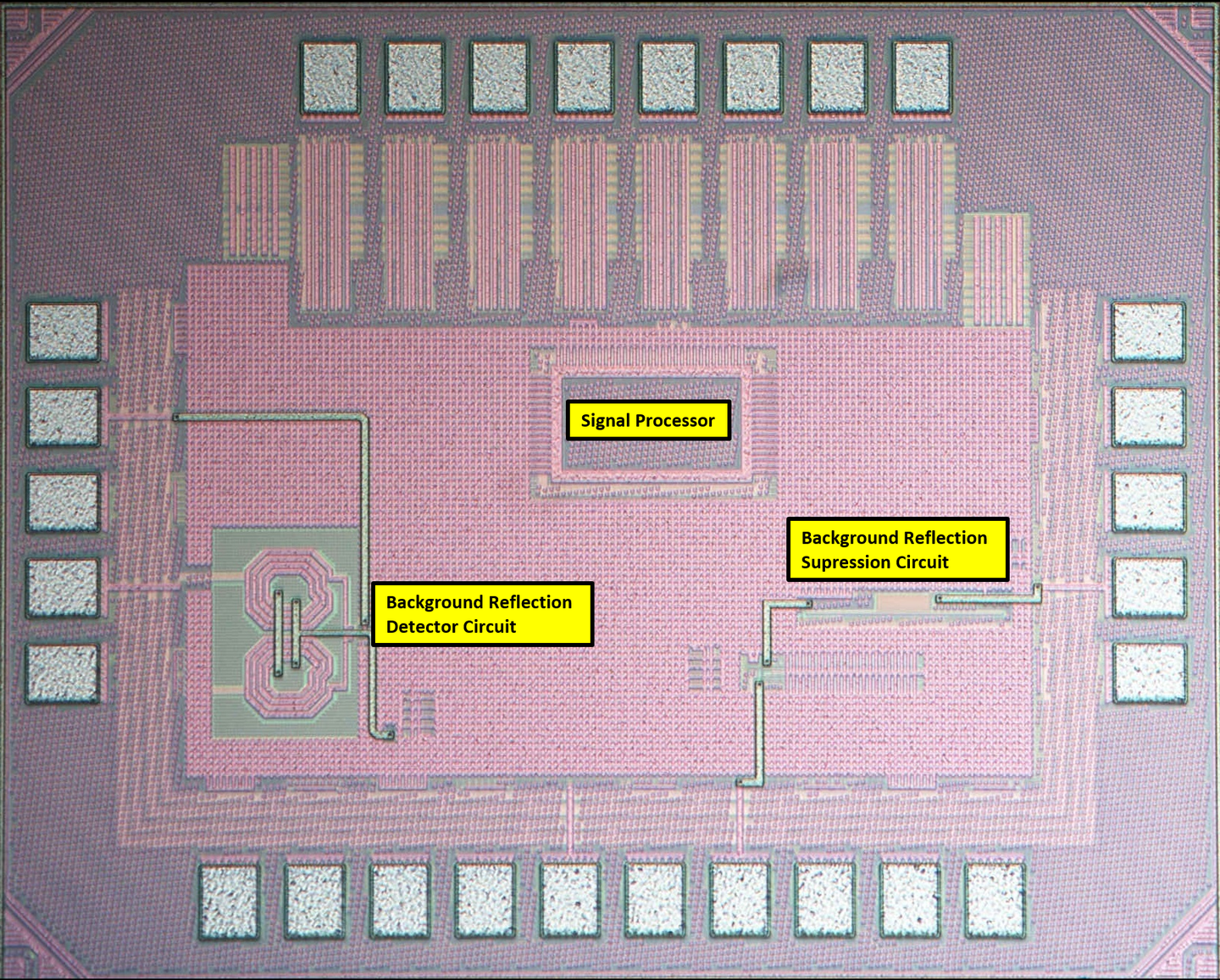NASA Chip Reflects Wi-Fi To Save Your Smartphone Battery
Thanks, NASA

We may earn revenue from the products available on this page and participate in affiliate programs. Learn more ›
Our modern world rests squarely on the shoulders of wireless communications; phones, computers and wearables all rely on a select few wireless protocols, like Wi-Fi. Upgrading one of these protocols means a potential upgrade to the way the world interacts.
A researcher at NASA’s Jet Propulsion Lab, Adrian Tang, working with UCLA professor M.C. Frank Chang, has developed a Wi-Fi chip for use in mobile electronics that uses 100 times less power than traditional receivers. This could extend battery life in nearly every device that uses Wi-Fi, and Tang is trying to focus on the expanding market for wearables.
To do something on the internet (like view this website), your smartphone generates and sends a signal out to your router, and your router generates and sends a new signal back to it. Tang’s Wi-Fi chip reflects a constant signal sent by a specialized router, instead of generating its own original signal. Data is imprinted on the signal when it’s reflected, so all the heavy lifting is essentially done on the router’s side.
“Because you’re only imprinting on a Wi-Fi signal, you’re not generating it, you don’t need power,” Tang said.
Low energy doesn’t mean slow, either. The researchers claim to have reached speeds of 330 megabits per second when transferring files with this technique, which outpaces a majority of consumer Wi-Fi routers. (In more real-world terms, 330 megabits per second is just over 40 MB/s.) They did this test with a mock wearable, built in their lab.
Tang says that the biggest difficulty was isolating the specific signal that was reflected back, because the initial signal is also being reflected by every surface in the room.
“When you send a signal to the room, the whole room reflects back to you,” Tang said. “So you need to figure out what’s coming from the wearable and what’s coming from the background and get rid of the background.”
That’s where the specialized router hardware comes in, to not only send the signal, but be able to read what data was being reflected back with new information. While the technology bears some resemblance to RFID, according to Tang, it’s actually much different in its long-distance operation.
NASA and UCLA have joint ownership of the idea and are in talks with a commercial partner to bring the technology to market, but they also see this technology being used to conserve energy in space.